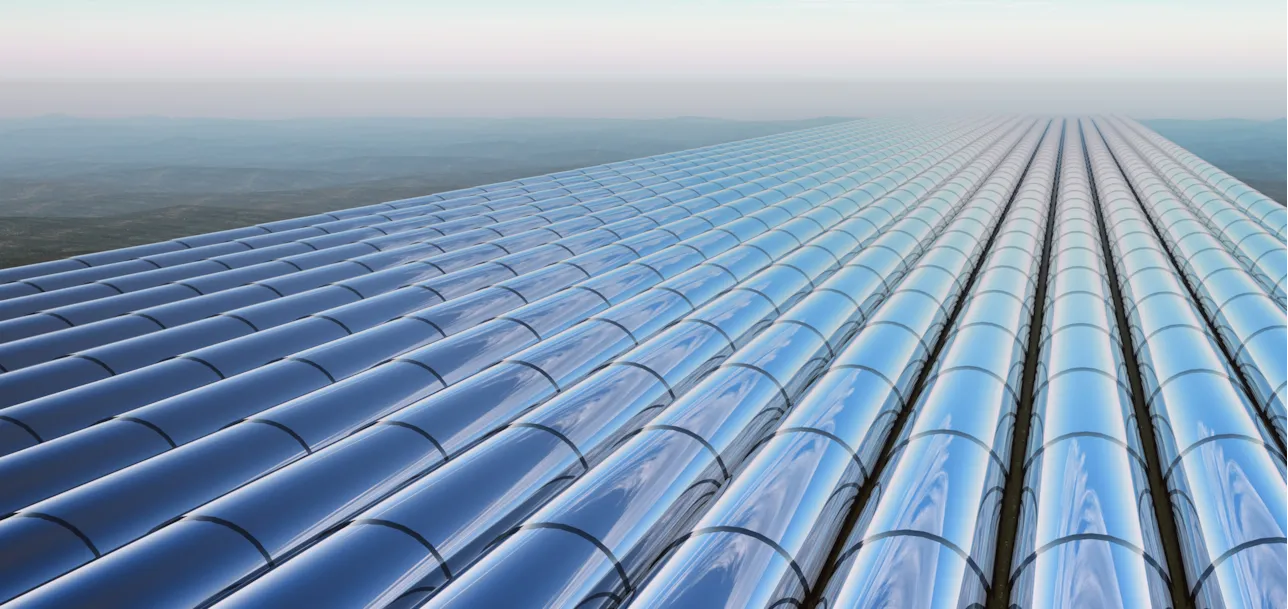Adding energy storage to renewable energy installations such as solar plants or wind turbines, is becoming more interesting every day.
ARNHEM, the Netherlands - 31 August 2017 Adding energy storage to renewable energy installations such as solar plants or wind turbines, is becoming more interesting every day. A positive business case is now feasible in certain specific situations. In the Netherlands, for example, DNV GL has found that a positive business case is possible for agricultural cases where energy storage would be added to existing wind turbines expanded with rooftop or field solar. Return on investment is achieved within 7 to 9 years. The positive business case is achieved with revenue stacking: grid connections costs are reduced, participation in grid balancing markets or frequency regulation and optimizing the self-consumption of the renewable energy output.
DNV GL participated in the WindStock project for Topsector Energie, together with Greenchoice, Windunie and EnergyStorageNL. The scope of the project is about feasibility of combining wind, solar and storage. In the project four scenarios were examined:
- wind & storage
- storage in isolation
- wind & solar & storage
Main project conclusions
An interesting result was that, when determining an optimal configuration of wind, solar and energy storage, the grid connection at the site does not have to be expanded. Also, the storage system’s charging profile can be optimized by drawing upon both renewable energy sources.
Another benefit of a well configured wind, solar and storage system is the possibility to participate in the imbalance and/or frequency containment reserve (FCR) markets. As an important side note, with a relatively small European FCR market volume, there is a risk of price decline due to increasing amount of supply of reserve power. A strategy is advised where both FCR and potentially the imbalance market are targeted.
To unlock all benefits of wind & solar & storage, it is essential to use an intelligent control system and operation algorithm so that storage performance can be optimized to obtain maximum yield of the various revenue streams.
The WindStock consortium is currently considering the actual implementation of the viable options of energy storage linked to wind power generation.
Download the WindStock presentation below.
About DNV GL
Driven by our purpose of safeguarding life, property and the environment, DNV GL enables organizations to advance the safety and sustainability of their business. We provide classification and technical assurance along with software and independent expert advisory services to the maritime, oil & gas and energy industries. We also provide certification services to customers across a wide range of industries. Operating in more than 100 countries, our professionals are dedicated to helping our customers make the world safer, smarter and greener.
In the Energy industry
2,500 energy experts support customers around the globe in delivering a safe, reliable, efficient and sustainable energy supply. We deliver world-renowned testing, certification and advisory services to the energy value chain including renewables and energy efficiency. Our expertise spans onshore and offshore wind power, solar, conventional generation, transmission and distribution, smart grids and sustainable energy use, as well as energy markets and regulations. Our testing, certification and advisory services are delivered independent from each other. Learn more at www.dnvgl.com/energy.
